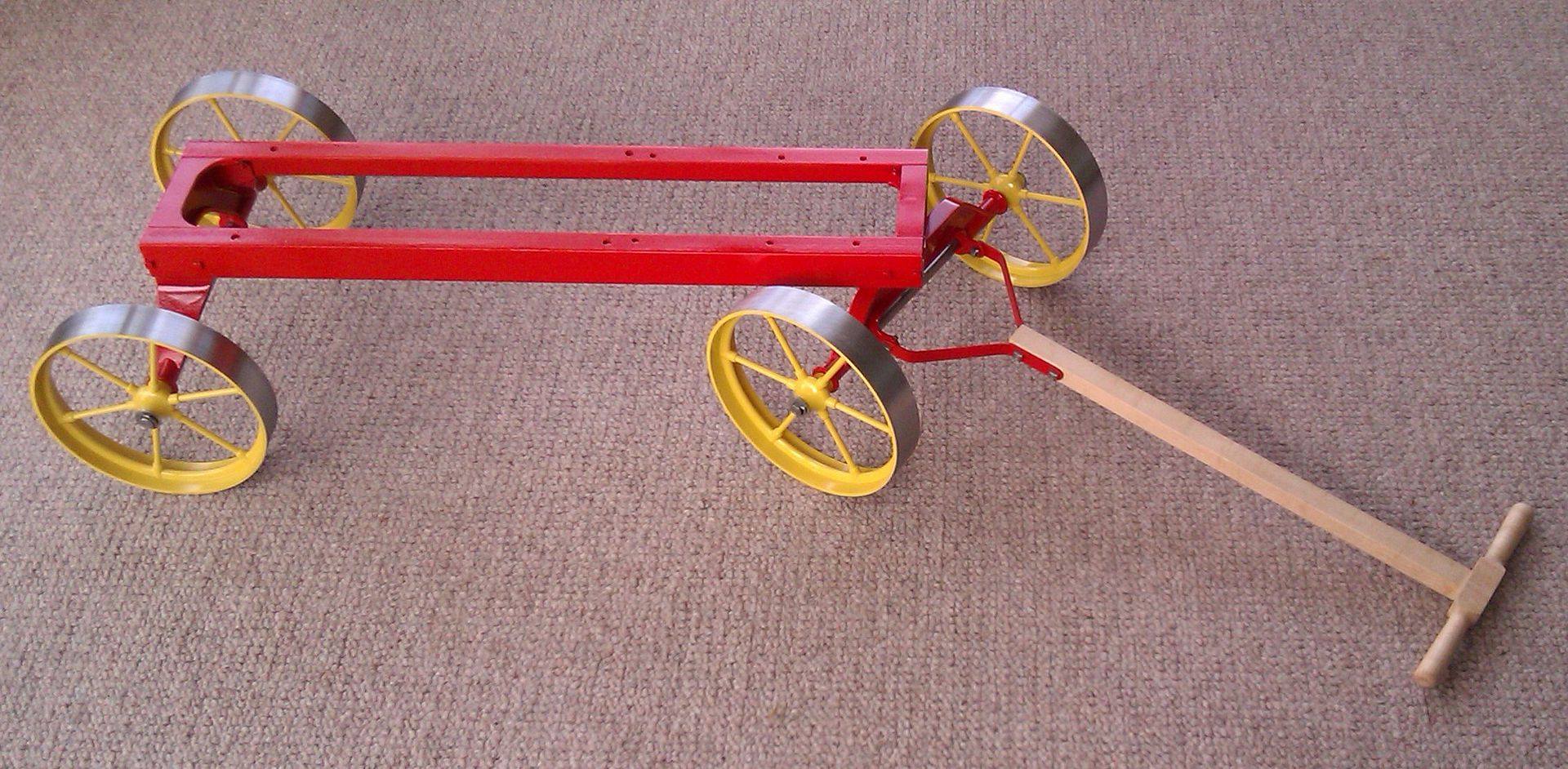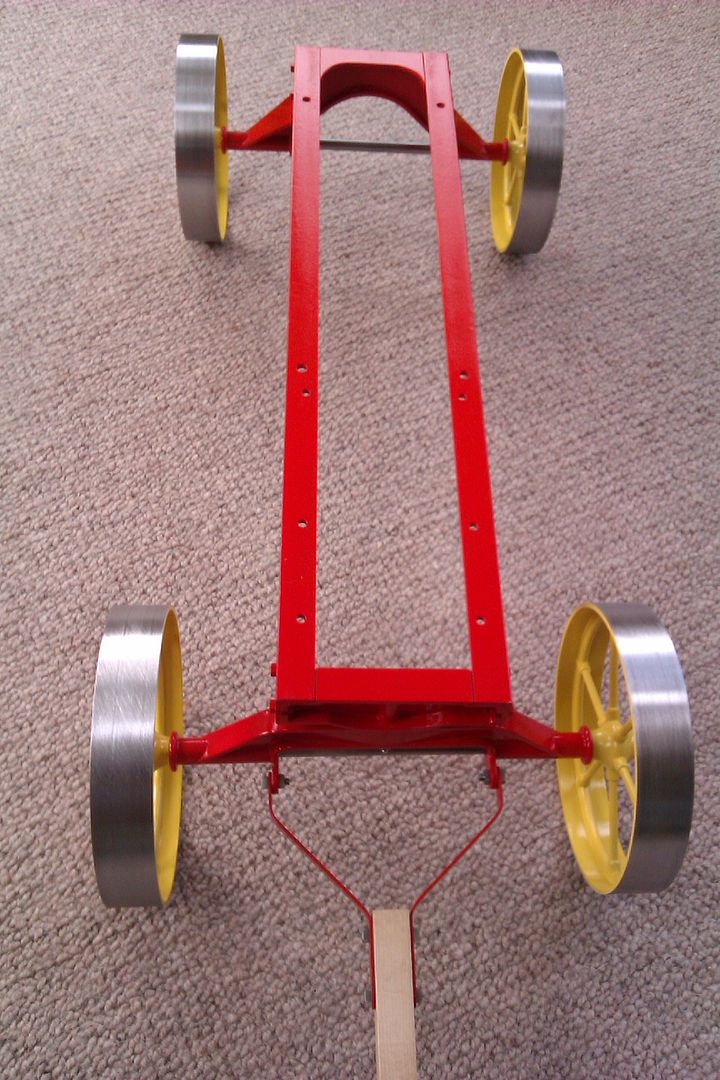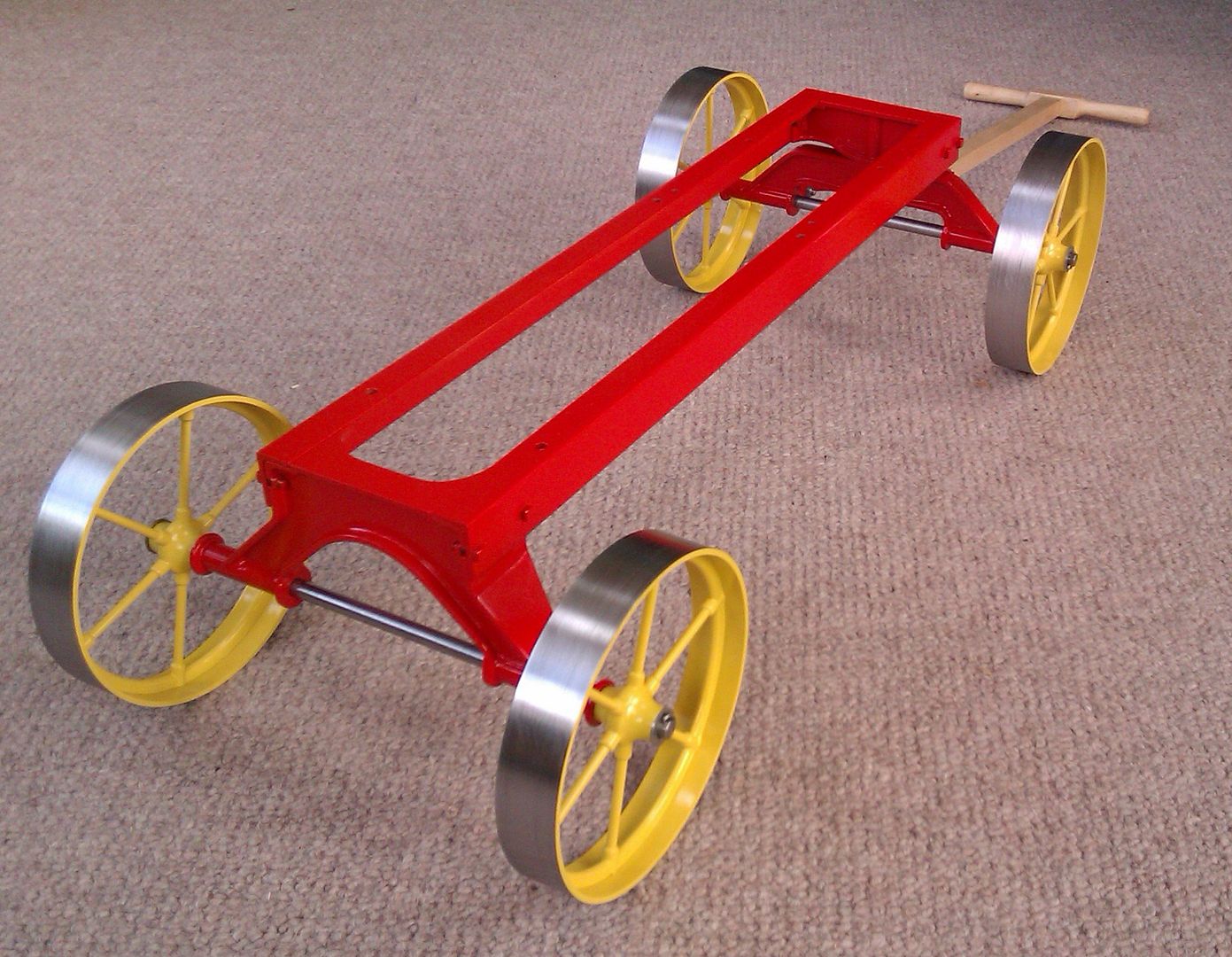What did you do today? (2013)
What did you do today? (2013)
- This topic has 920 replies, 132 voices, and was last updated 31 December 2013 at 20:23 by
Muzzer.
- Please log in to reply to this topic. Registering is free and easy using the links on the menu at the top of this page.
Latest Replies
Viewing 25 topics - 1 through 25 (of 25 total)
-
- Topic
- Voices
- Last Post
Viewing 25 topics - 1 through 25 (of 25 total)
Latest Issue
Newsletter Sign-up
Latest Replies










